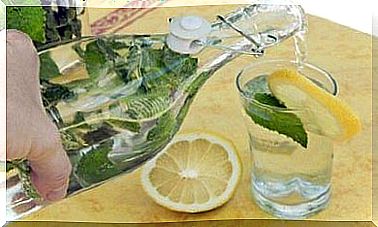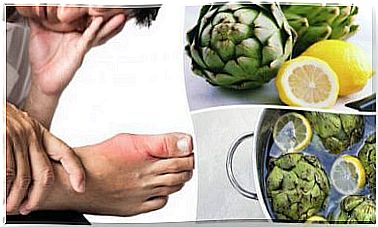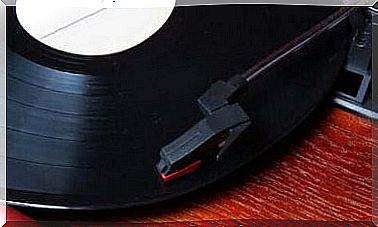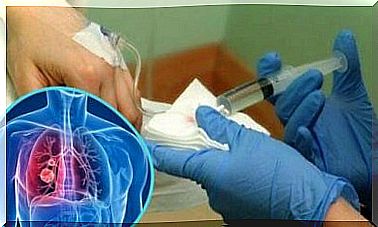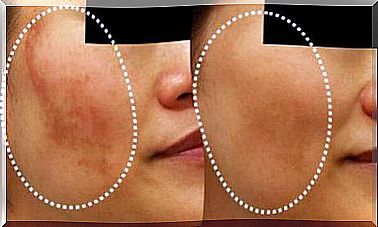What Kind Of Bacteria Are In Your Mouth?
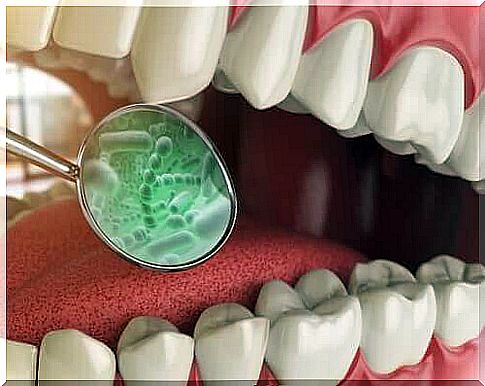
There are countless bacteria in your mouth. In fact, it has been calculated that there are about 100 million bacteria in every milliliter of saliva. They are divided into over 600 types of bacteria! In reality, your mouth has the perfect conditions for an infinite number of microorganisms to take refuge there.
Despite all this, many of the bacteria in your mouth don’t survive long. Much of it is attacked by the enzymes in your saliva, while another part enters your digestive system, where they are quickly destroyed.
That said, we should also mention a group of bacteria that manage to survive and eventually live in your mouth. When this happens, it can cause problems such as cavities or other diseases. The best way to combat them is with good oral hygiene.
The bacteria in your mouth
Your mouth has many surfaces and each of them is covered with a lot of bacteria. A number of bacteria in your mouth influence the development of diseases such as cavities or periodontitis.
Both are risk factors for developing other more serious conditions, such as diabetes mellitus and cardiovascular disease. The composition and concentration of bacteria in your mouth depends on several factors:
- Nutrient availability.
- Temperature.
- Oxygen concentration.
- Anatomical features.
- Exposure to immunological factors.
Bacteria in the mouth, along with other microorganisms, are known as oral microbiota (Spanish link). This population is not fixed, but is constantly changing, even due to factors as simple as yawning, kissing or eating certain foods.
In general , aerobic and anaerobic bacteria dominate your mouth, both gram-positive and gram-negative (Spanish link). Among these, the genera Lactobacillus, Actinobacillus, Staphylococcus and Streptococcus stand out. We’ll look at it in detail below.
Saliva and bacteria

Good oral hygiene is a fundamental factor in preventing cavities and periodontitis. Your saliva contains mostly facultative anaerobic gram-positive cocci, which make up about 44% of your bacterial population.
These are followed by strictly anaerobic gram-negative cocci, which make up about 15% of your bacterial population. Gram-positive facultative anaerobic bacilli make up a similar percentage.
Factors such as tooth loss and diseases such as gum disease, alveolitis or periodontitis can cause changes in the microbiota of your saliva. Smoking and insufficient hygiene can also be of influence.
oral mucosa
The following types of bacteria are most common in the mucous membrane of your mouth :
- Firmicutes – mainly those of the genera Streptococcus and Veillonellas
- Proteobacteria – especially Neisseria
- Bacteroides – Prevotella
- Actinobacteria – Micrococcineae
Good hygiene in your oral mucosa can prevent colonization by different types of bacteria. According to a number of studies (Spanish link), the bacteria in your oral mucosa may be involved in a number of cancers.
Bacteria on your teeth
If your teeth do not have cavities, the most common bacteria you will find on the teeth in your mouth are:
- Campylobacter
- Granulicatella
- Kingella
- Leptotrichia
- Streptococci- especially Streptococcus sanguinis
In addition, the following bacteria are present, especially in adults: Haemophilus parainfluenza, Gemella haemolysans, Slackia exigua and the Rothia species.
In general , your teeth are surfaces that promote the formation of biofilms. These biofilms can do different things based on different factors. A number of bacteria such as Streptococcus mutans, Actinomyces and Lactobacillus influence the formation of cavities and periodontitis.
Gums and bacteria
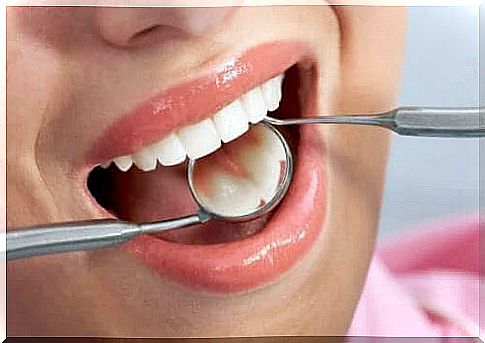
Regular visits to your dentist are helpful in identifying the presence of bacterial pathogens in your mouth. A biofilm can also form on your gums, promoting diseases such as gum disease.
If your gums are healthy, the most common microorganisms are proteobacteria. These typically include gammaproteobacteria of the genus Acinetobacter, Haemophilus and Moraxella. However, if you have a health problem, you can also find Streptococci, Granulicatella and Gemella there.
Treponema denticola may also be present on the surface of the biofilm on your gums along with Porphyromonas gingivalis and Tannerella forsythia. In addition , there may be viruses and sometimes micro-organisms such as fungi. Oral diseases, however, change which bacteria are found there.
Bacteria on the tongue
The biofilm that forms on your tongue is also dynamic and contains many of the bacteria in your mouth. In total, about 45% are facultative anaerobic gram positive cocci. This includes Streptococcus salivarius, followed by Streptococcus mitis, Streptococcus from the miller group, and Streptococcus mucilaginosus.
You can also find strict anaerobic gram negative cocci and gram positive facultative anaerobic bacilli. There may also be a smaller percentage of various species of the genera Lactobacillus, Neisseria, Fusobacterium and Haemophilus.
On the tongue of people with halitosis you can find Fusobacterium nucleatum, Porphyromonas gingivalis and Tannerella forsythia. Amazingly, there can be so much life in our mouths!
Prevent pathogenic bacteria in your mouth
Oral hygiene is key to preventing pathogenic microorganisms that can affect your mouth. Also, regular visits to the dentist allow you to identify risk factors and diseases as they begin.
This way you can stop them before they do permanent damage. Do you have any questions or has it been a long time since you last had your mouth checked, make an appointment quickly!
